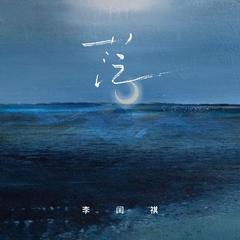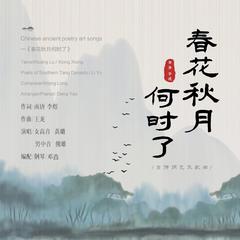yuri
by Jason Ankeny Often called The Mexican Madonna, Latin pop singer Yuri was born Yuridia Valenzuela Canseco in Veracruz on January 6, 1964; a musical prodigy, at age nine she was offered a scholarship to study dance with the Bolshoi Ballet — she declined — and as a teen fronted the group Yuri and the Electric Apple. After relocating to Mexico City in 1978, she cut her debut single, a Spanish-language rendition of You Light Up My Life, (which translated as Tu Iluminas Mi Vida) and also doubled as the title of her first LP. A co-starring role in the film Milagro en el Circo followed before Yuri scored a hit with the title track of her 1980 sophomore LP, Esperanza; Llena de Dulzura followed a year later, becoming the first record by a female Latin American singer to earn a gold record in Spain. The single Maldita Primavera made Yuri an international sensation, selling over a million copies worldwide; another smash, El Peque?o Panda de Chapultepec, soon followed. After a 1983 self-titled LP, she returned a year later with Karma Kamaleon, highlighted by a Spanish rendition of the Culture Club hit; in 1985, Yuri starred in the film Canta Chamo, releasing the album Un Corazon Herido the following year. After 1987s Aire, she recorded a duet with Don Johnson on A Better Place/Un Lugar Mejor. After moving from EMI to Sony, she issued the LP Isla del Sol. Yuris next LP, Suigeneris, did not appear until 1990; Soy Libre followed in 1991, and after 1993s Nueva Era she began hosting a TV variety series, No Te Muevas. Another series, Volver a Empezar, soon followed, as did the 1995 LP Espejos del Alma. Subsequent projects included the autobiographical 1997 film Yuri, Mi Verdadera Historia and the 1998 album Huellas. Que Tu Fe Nunca Muera appeared in early 2001.


 Just Let It Be - Yuri
Just Let It Be - Yuri
























